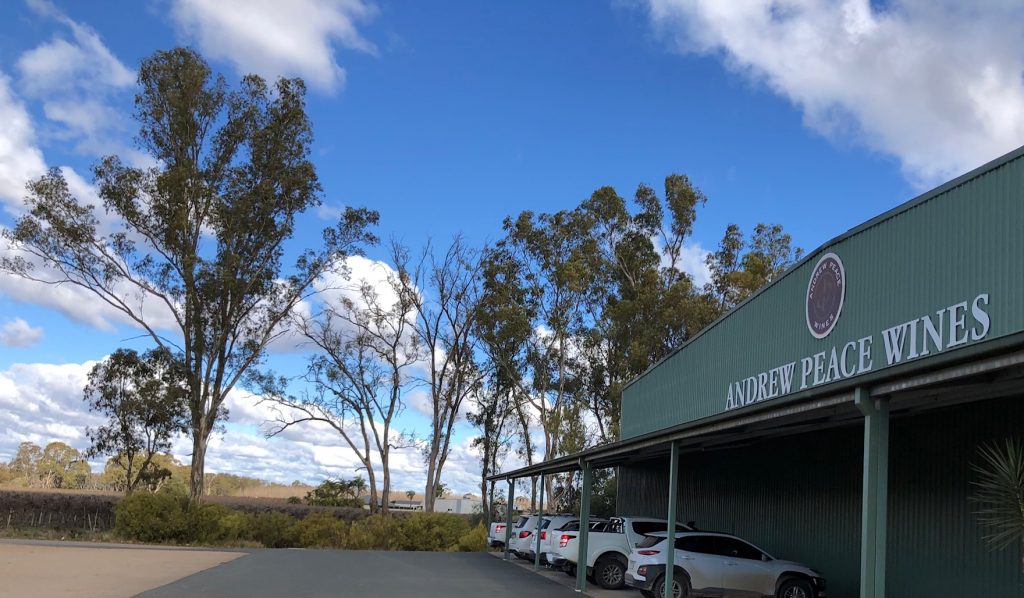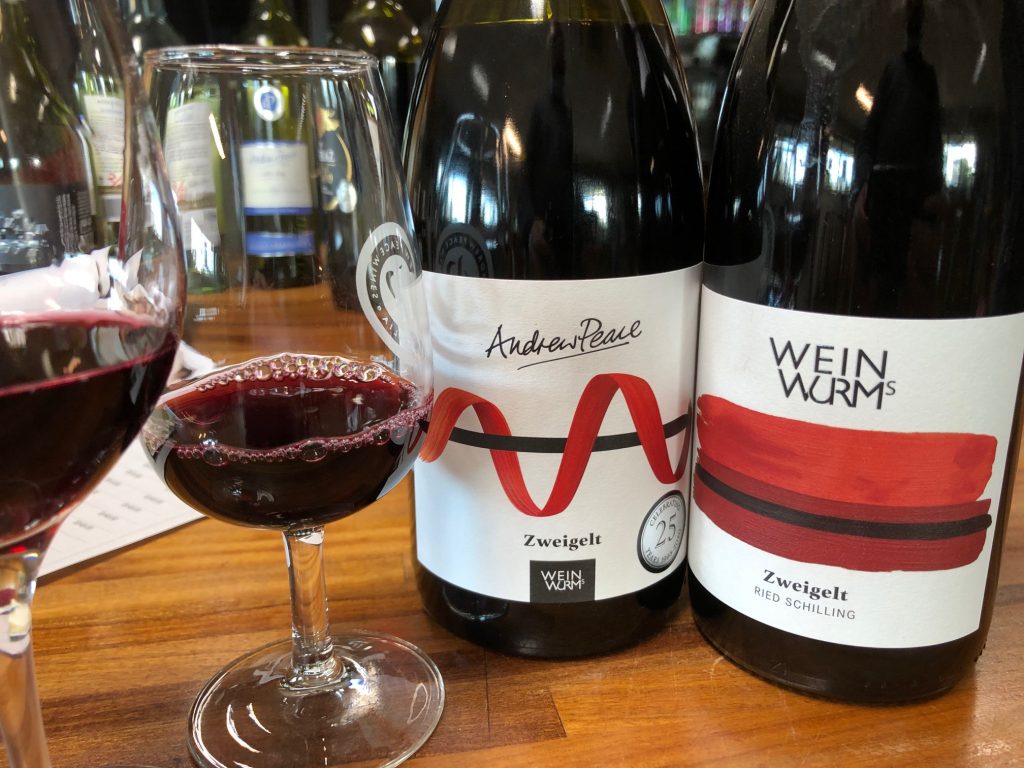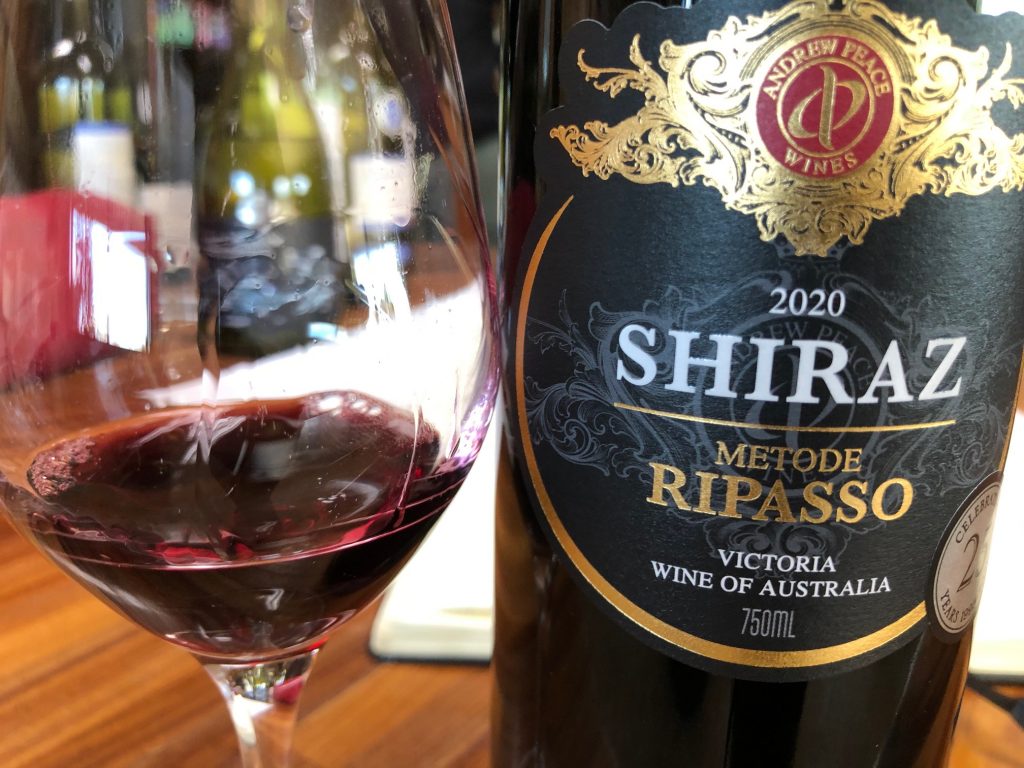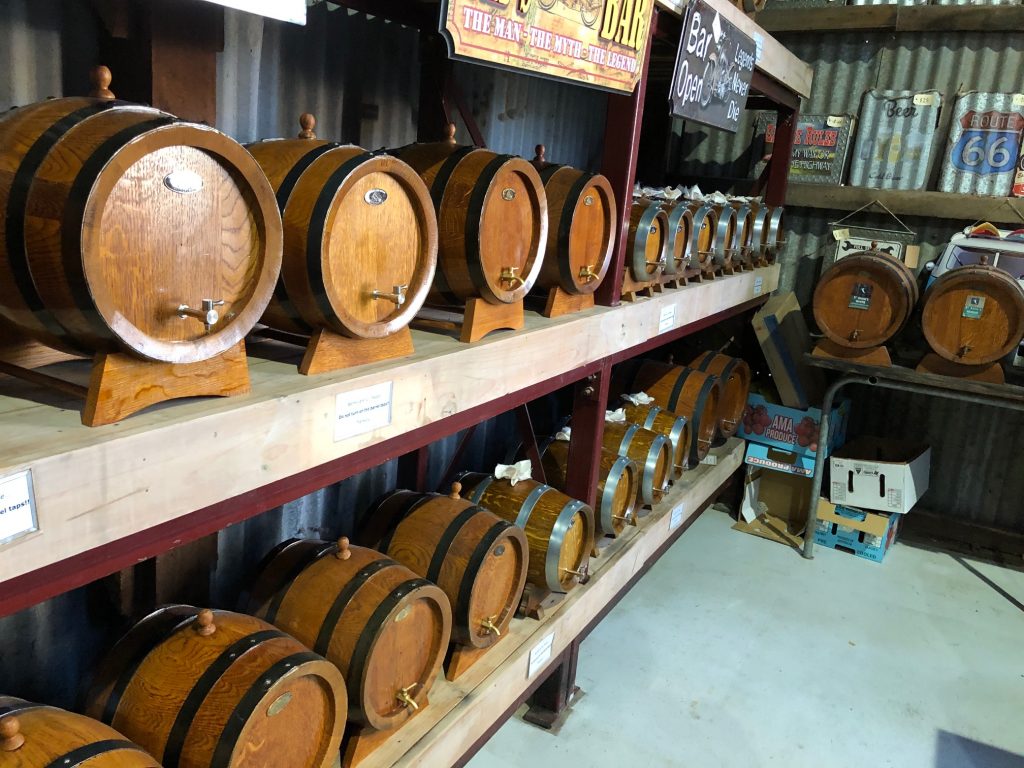COVID lockdowns have curtailed my travel plans so often in 2020 and 2021. So I was surprised we were able to squeeze in a trip to the mighty River Murray in early August 2021 and drove from Echuca to Mildura. The Murray is where the vast majority of Australian wine is made. It is the 3rd longest navigable river the world and is steeped in Australia’s agricultural history.
Echuca is an attractive town for history lovers with the old Port (once the busiest inland port in Australia) and a choice of historic paddle steamers to navigate the Murray. Echuca lies on the edge of the Goulburn Valley region. The Goulburn River flows into the Murray just east of the town. There is only a couple of wineries to note. Cape Horn Vineyard (not tasted) is located to the east of the town and officially is in Upper Goulburn. Whilst located in town is St Anne’s Vineyard. This 3rd generation family-owned winery is located on the other side of the border in NSW at Moama where it sits in the Perricoota GI wine region. But wisely they have stationed one of their three cellar door in the tourist district of Echuca. The cellar door is doing well selling their miniature 10 or 20 litre Limousin French oak barrels filled with your choice of fortified wines. Great for a talking point in a home cellar.
Swan Hill is a highly productive region on the Murray, halfway between the settlements of Echuca and Mildura. Swan Hill stretch on both sides of the Murray and therefore is both in NSW and Victoria. The vineyards are drip irrigated from the river. Chardonnay, Shiraz and Muscat Gordo Blanco (used to make Moscato) are the main varieties but there are also a lot of other varieties as we shall see. The topography is flat with red brown sandy loam soils, some as deep as 80 meters. The climate is hot although the Murray Darling, two hours downstream, is hotter. Major Thomas Mitchell named the region Swan Hill, in 1836, after a lagoon in the area had noisy swans which kept him awake at night.
Swan Hill gets lumped in together with the neighbouring Murray Darling in statistical reports. The just released National Vintage Report 2021 from Wine Australia puts the two regions in 2nd position behind the South Australia’s Riverland region in volume. Murray Darling – Swan Hill accounts for 22% of Australia’s wine production. The region crushed a whooping 401,472 tonnes of grapes in 2021. By the way, the NSW Riverina came third and if you add these three regions together (Murray Darling/Swan Hill, Riverland and Riverina) they account for 70% of all wines made. The Murray Darling/Swan Hill region makes far more wine than the rest of Victoria, Western Australia, Tasmania and Queensland put together.

Andrew Peace Wines has just celebrated their 25th Anniversary in the wine industry. The winery is a short thirty minutes driven north-west of the town. They are the prominent producer in the region crushing 45,000 tonnes of grape of which 16,000 tonnes are from the local region. This is a larger crush than the whole of Western Australia. They sit in the top 10, as far as largest producers in Australia. It all started after Andrew’s parents purchased the vineyard in 1981 and they finally got around to building their own winery in 1995 crushing a mere 1,000 tonnes. Their main business is export, with UK, USA and Asia as their key markets. General manager Adam Gilbee notes an interesting change in exports with the majority of wine now being shipped in large bladders where once the wines were packed in bottle. It seems that their customers are interested in more environmentally friendly and efficient modes of transportation.
Andrew Peace wines produce a quaffable range of well-made wines under the ‘Masterpeace’ brand priced at $13 a bottle. Their Sauvignon Blanc sells well in the Sunshine State (that’s Queensland for our international readers) Current vintage shows some tropical notes and a touch of residual sugar. The Masterpeace Shiraz is primary fruit driven with lashings of black cherry and chocolate.
What really excited me is their inventiveness in winemaking and alternate grape varieties. I think this is an escape from the bulk wine business that is their bread and butter. Take their Shiraz Metode Ripasso 2020 for instance. It’s co-fermented with the previous vintages grape skins similar to the Italian method. Weighting in at 15% alcohol it is full bodied, rich with lashings of black cherry liqueur and a dry tannic finish. One grape variety I didn’t expect to be tasting on this trip was Zweigelt. They planted this Austrian red grape variety after employing an Austrian winemaker over vintage one year. It’s a cross between two red grapes – St. Laurent and Blaufränkisch. Their 2020 Zweigelt ($22) is primary fruit driven with confectionery and cherry aromas, a hint of marzipan. Medium bodied with soft tannins.
Sagrantino was another surprise. It’s their flagship wine and they have one of the largest plantings of this variety in Australia. Their Australia Felix Sagrantino 2017 ($32) had earthy, cedar and herbal aromas. More fruit driven on the palate with blackberry and plum. Suitably tannic as Sagrantino should be with a long finish.
Andrew Peace Wines has a warm and friendly cellar door with plenty to taste at all price points and is worth a look. Check out my wine reviews for more recommended wines.



Read part two of this tour here
Now for the important information
Echuca Recommendations
Restaurants – Sunago and Monkee & Co
Best Coffee – Johnny & Lyle
Swan Hill Recommendations
Best Coffee – Café 202

